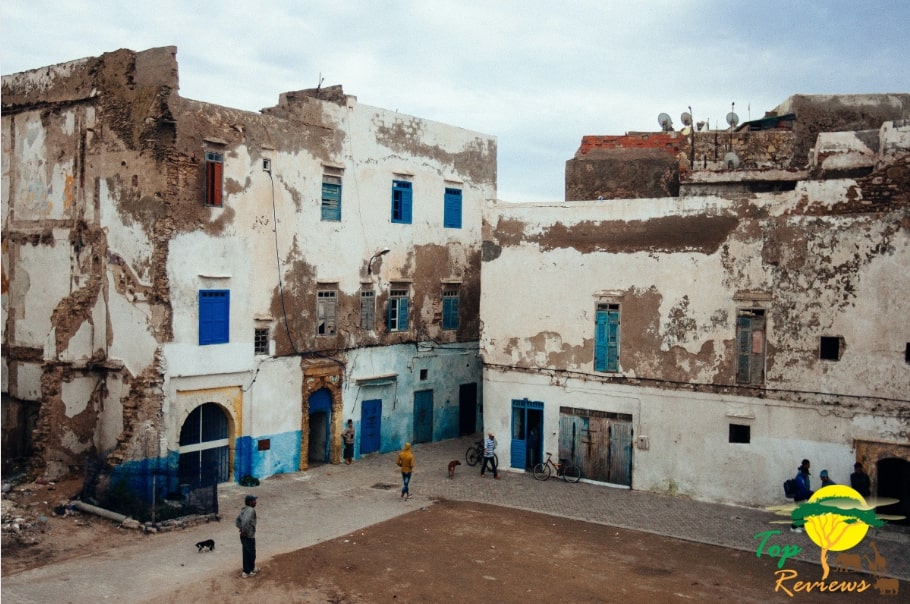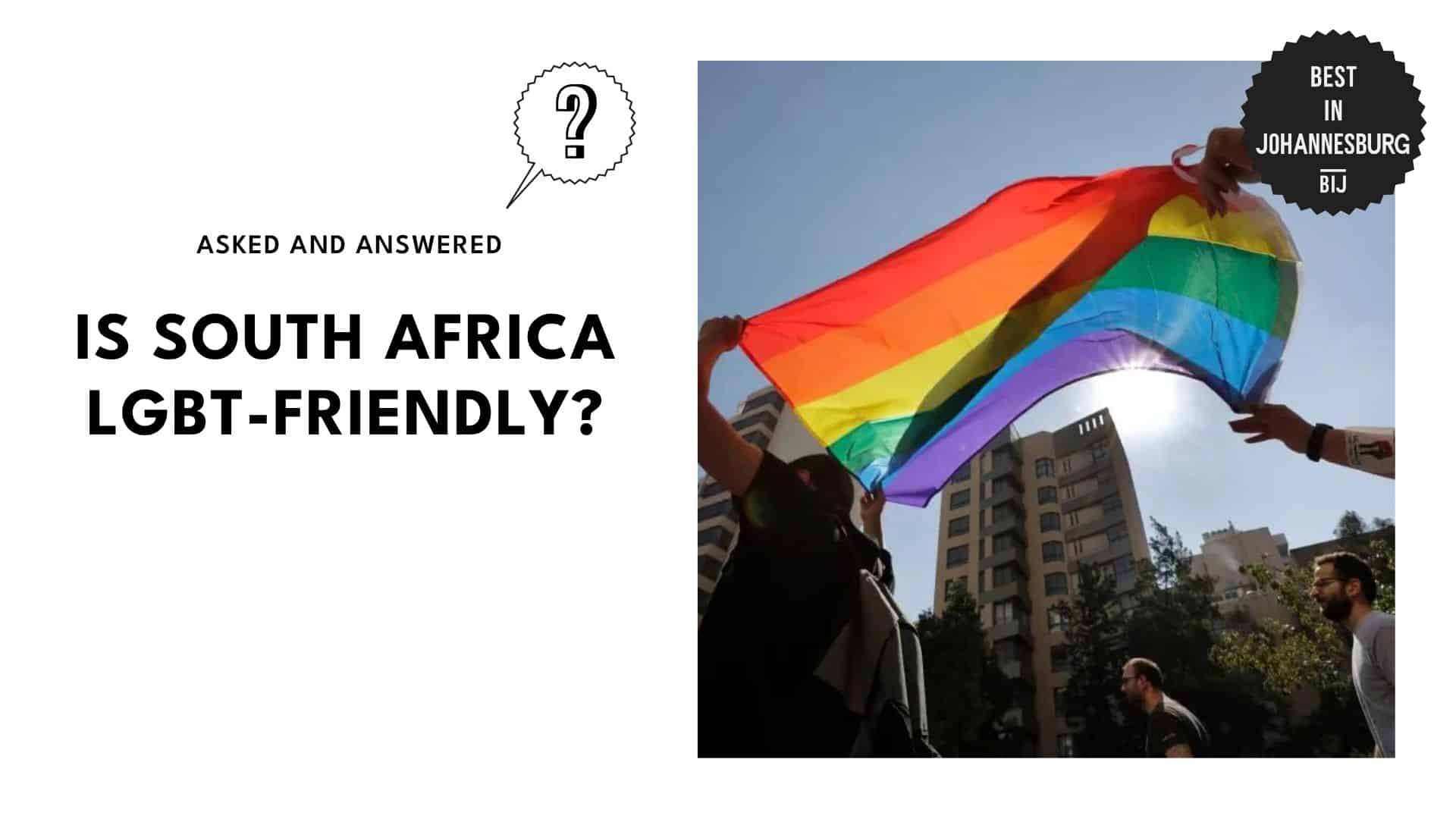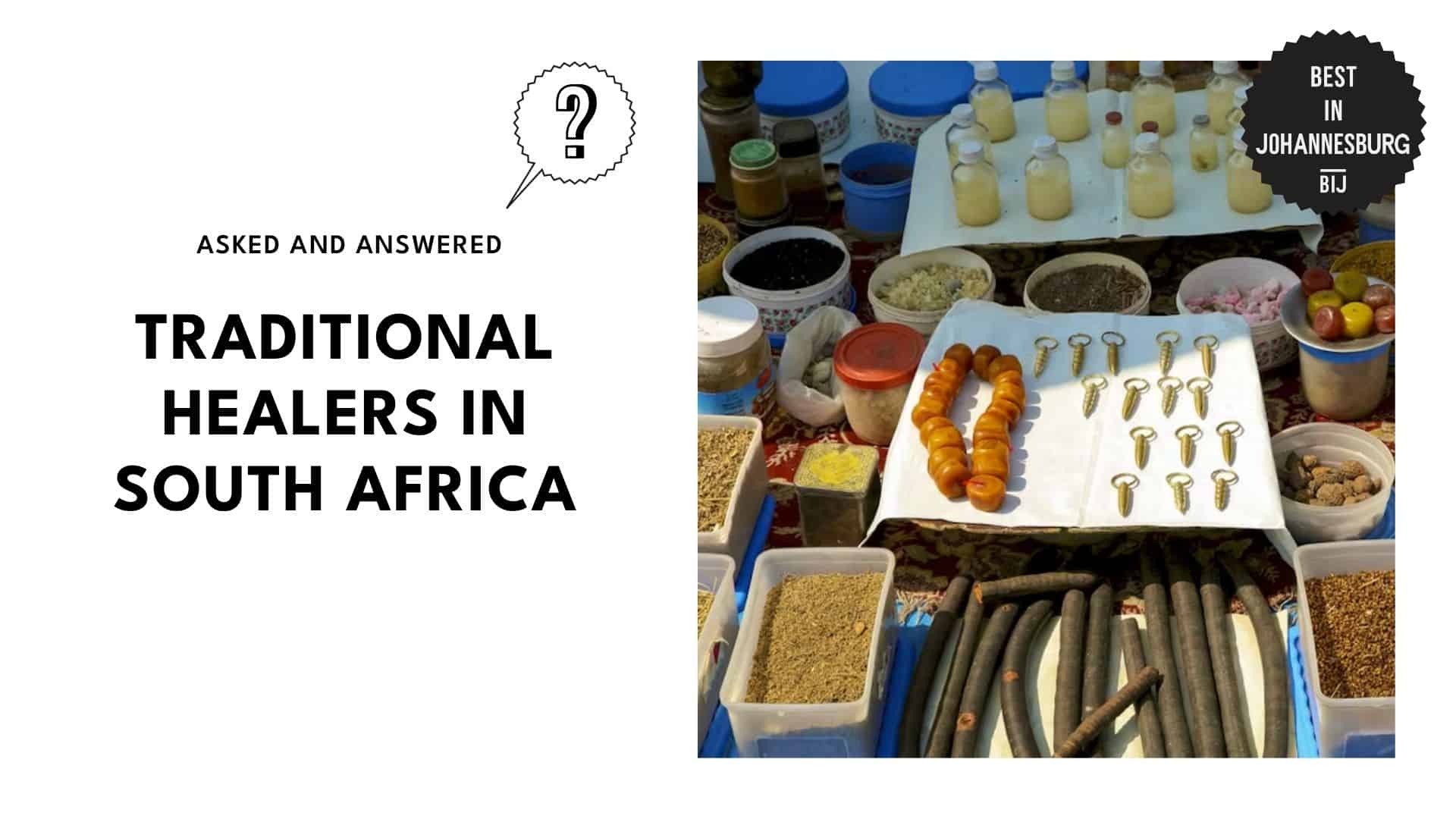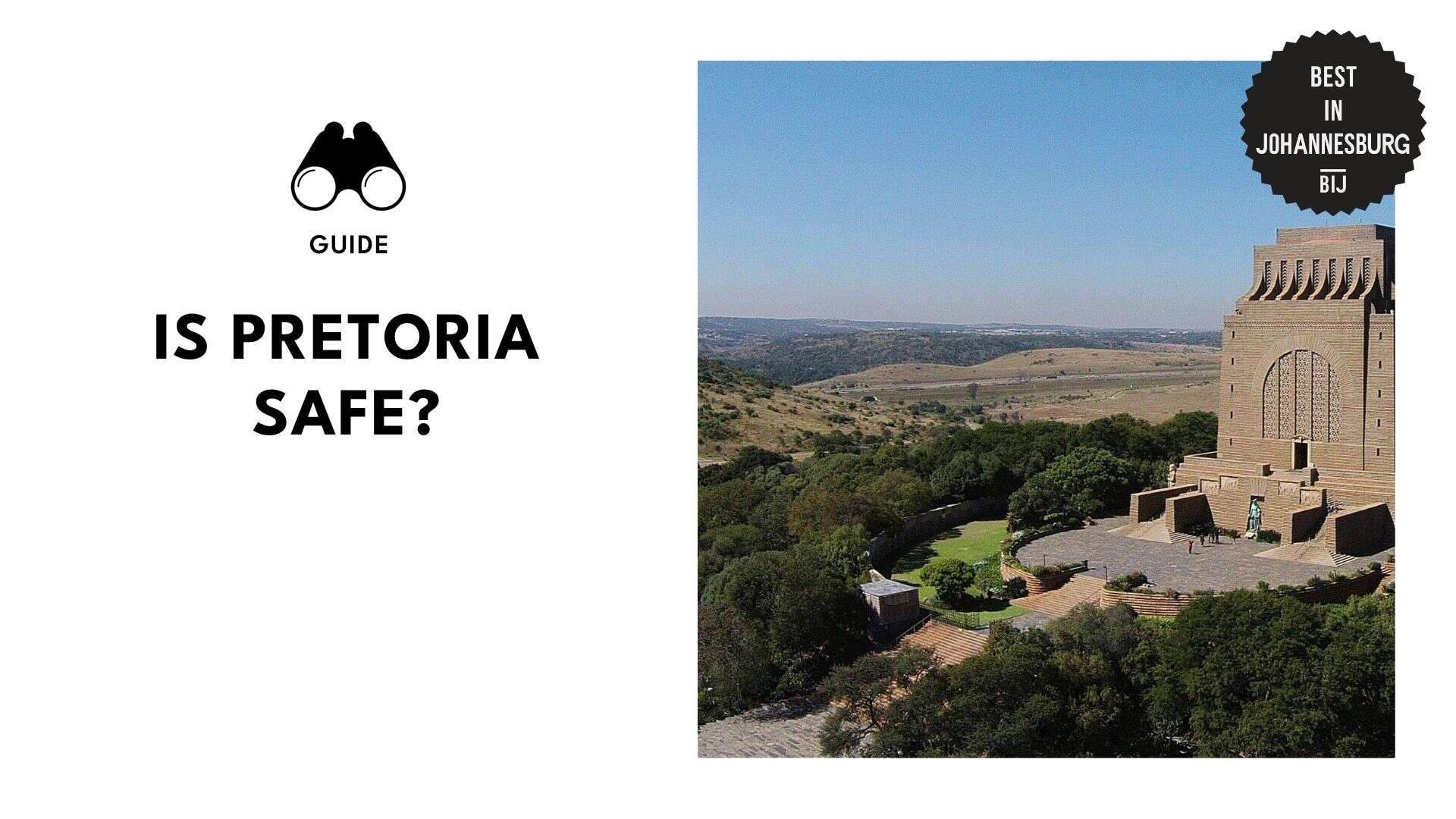Categories > Guides and Tips

A Look Into South Africa’s Struggle Against Poverty
Poverty is one of the vilest and most persistent problems South Africa faces.
Many major international organisations, like the United Nations and the World Bank, are active researchers of the country’s economic state.
As cited by the United Nations Conference Centre, one of the primary studies about this phenomenon was conducted in 1959. It discovered that more than half of the South African urban population is unable to afford even a “minimally adequate” lifestyle.
Improvement was expected following the administration’s transition to democracy in 1994 and, unfortunately, although it granted the people’s freedom, the legacy of the apartheid continues.
In 2019, the World Bank identified South Africa as the world’s most unequal country. But what causes poverty and what are the actions being done by the country’s leaders?
What is South Africa Doing About Poverty?
To adress the high levels of poverty, the South African administration designed and implemented the Reconstruction and Development Programme (RDP).
The RDP is composed of sustainable programmes that focus on education, land distribution, job creation and promotion of economic development.
These programmes are also intended to improve South Africans’ access to proper housing, clean water, sanitation and electricity, as well as schools and health centres.
Ever since the change of government in 1994, the reduction of poverty has been one of the South African government’s priorities.
Following the South African Constitution of 1996, the government launched the social security grant system to assist those who are unable to support themselves and their dependents.
The main categories of the grant are:
- Old Age Pension Grant
- Disability Grant
- Child Support Grant
- Foster Child Grant; and
- Care Dependency Grant
Causes of Poverty in South Africa
The root cause of poverty, as in most cases, is often deep and difficult to identify. In South Africa, poverty starts in childhood and is empowered by extreme race, gender, and employment inequality.
1. Childhood Poverty

Image: Cfr.org
A study conducted by the University of Johannesburg found that a significant number of students in foundation grades covering ages six to eight experience multiple barriers such as food and home insecurity and lack of access to resources and healthcare.
These poverty-driven barriers have a crucial impact on their ability to learn, ultimately discouraging these students from completing their studies. Unfortunately, in reality, there are fewer opportunities for those who are uneducated.
The school system in South Africa is based on geography, which is influenced by social class. So, while the schools in wealthier areas receive less government funding, they’re able to charge higher tuition fees and thus have more and better resources.
Furthermore, there is a gap in the language used as the mode of instruction in most elementary schools in the country. Out of the eleven official languages in South Africa, Zulu is the most used and is spoken by about a quarter of the whole population.
English, on the other hand, is spoken only by an estimated 9% of the country’s population, and mostly by white South Africans. Yet, English is the primary language used in business and commerce and not Zulu.
This puts black students, especially those from poorer areas, at a disadvantage. The challenges that these children face are powerful enough to keep them in the cycle of poverty.
2. Discrimination by Race

Image: History.com
The United Nations found and stated in a study that poverty levels violently increased from 1960 to the mid-1980s because of the apartheid. When this era ended in the early 1990s, the poverty levels did decrease, but still not enough to improve all people’s lives.
Presently, racism continues to be a prevailing issue in South Africa.
Although it’s worth mentioning that it’s less severe now, a report from the World Bank in 2018 found that a big percentage of black South Africans earn lower wages, have fewer assets, lack education, and therefore are more unlikely to be employed.
Meanwhile, the elites continue to hold power, always two steps ahead of the black community. In fact, the country’s wealthiest 10% is responsible for more than half the nation’s income.
While the poorest 60% of the population only shares 7% of the country’s total income.
This economical divide is very apparent in cities and neighbourhoods too.
Ntabankulu in Eastern Cape is considered the poorest town in all of South Africa, where an estimated 85% of its population lives below the poverty line. This town also holds the lowest percentage of whites in South Africa.
On the other hand, Johannesburg is identified as a first-class city and the wealthiest city in South Africa. Here you’ll find skyscrapers and well-off neighbourhoods.
3. Women’s Vulnerability to Poverty

Image: Thedailyvox.co.za
Aside from race, gender also plays a significant and complex role in poverty. Research in 2021 found that women are more vulnerable to poverty as compared to men because women carry the heavier burden of wage inequality.
Basically, women earn less than their male counterparts. The South Africa’s Living Conditions Survey also found that there are more women-led families who don’t have adequate access to water and sanitation compared to families led by men.
4. CoVid-19

Image: Brookings.edu
CoVid-related economic restrictions brought about a widespread loss of jobs and wages. An estimated 35.5 million South African lost their jobs in 2020 due to the pandemic.
The lockdowns halted employment for many and forced South Africans to stay home without the means to provide for their family. This ultimately led to worse hunger and food insecurity, especially among the poorest areas.
In 2020, the number of daily CoVid cases in South Africa was around 4,000.
The following year, as cases continued to rise, the government’s health, social protection and economic programmes were put on hold and replaced by austerity policies to deal with growing debt burdens.
Researchers forecast that if the same trend continues, the pandemic may leave more than a million people in poverty.
South Africa’s Future Plans to Alleviate Poverty

Image: Thesouthafrican.com
The 2019 State of the Nation Address (SONA) that South Africa’s President, Cyril Ramaphosa, focused on the government’s plans for poverty alleviation for the next 10 years.
In a nutshell, the goal is no South African will go hungry. The National Development Plan (NDP) target is to reduce the percentage of households with a per-person monthly income of below R 419 from 39% to zero.
To meet this goal, the administration plans to:
- Lengthen the Unemployment Insurance Fund (UIF) and improve South African’s access to social security benefits
- Use the excess UIF funds to implement job-creation activities
- Improve social wage
- Upgrade the commuter transport’s affordability, safety and integration
- Provide housing and land to the poor
- Implement a National Health Insurance
However, as the pandemic hit South Africa unexpectedly, the administration had to adjust its goals and design an improved, needs-based plan in 2020.
As expected, most of its efforts are focused on dealing with the pandemic, but the government also has plans set for economic reconstruction and recovery. This focuses on four priority areas:
- Integration of infrastructure
- Improvement of local production
- Job creation and livelihood support
- Expansion of energy generation capacity
These programmes are currently being implemented and improved. In the 2022 SONA, the top priorities identified were job creation, education, improvement of safety, social support, and eradicating corruption.





